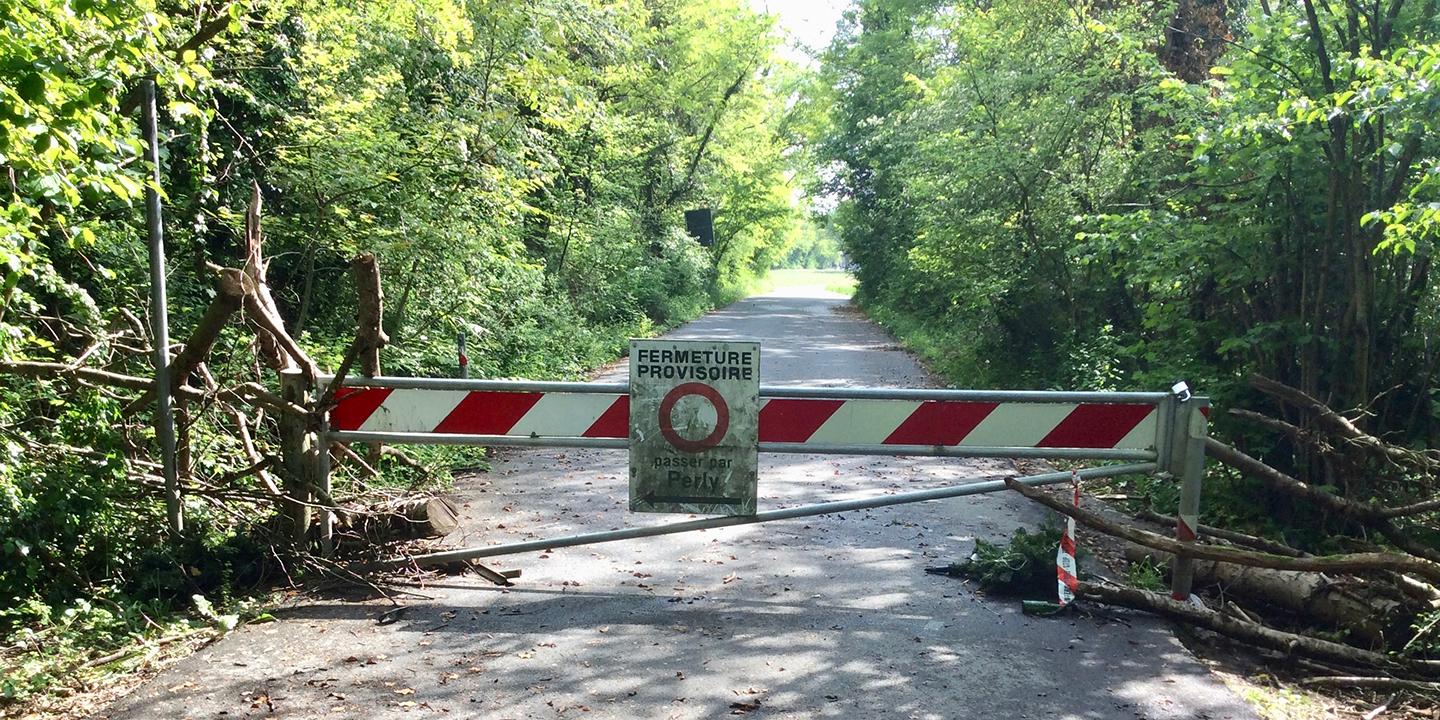The impact of border and school closures to control coronavirus

A statistical model examines how Covid-19 cases could have evolved without social distancing measures.
What would have happened if Switzerland had not closed its borders and schools during the first wave of Covid-19? It is impossible to say for sure, since the measures were in fact implemented. What is possible is to estimate the impact of social distancing measures on the number of Covid-19 cases through statistical modelling. These estimates may provide policymakers with valuable insights.
Leonhard Held, professor of biostatistics at the University of Zurich, and his team undertook precisely this type of modelling. The work was financed by the special call on coronavirus research launched by the Swiss National Science Foundation (SNSF) in the spring of 2020.
The researchers used a well-established infectious disease modelling framework to take into account specific features of social contacts in two situations: in border regions with Italy with or without closure of the border and between different age groups with or without closure of schools. They also compared their model with the number of Covid-19 cases actually registered in the true scenario (border closure on 17 March 2020 and school closures during several weeks) to verify the model’s accuracy.
Border closings effective
To model the impact of closing the border between Switzerland and Italy during the first wave, the researchers ran their model under three scenarios: closing the Italian border on 17 March 2020, as was actually the case; not closing the border; and closing the border on 3 March, two weeks earlier than was the case.
The model shows that not closing the border would have increased the number of positive cases by a factor of 2.5. In contrast, closing the border earlier would have resulted in only a 12% decrease in the number of cases. The results are detailed in an article available as a preprint on MedRxiv.
The impact of school closures
In a second modelling exercise, the researchers analysed the impact of school closures during the first wave in the canton of Zurich. The results show that without the school closures (but with all other distancing measures still in place), the number of cases among young people under 15 years of age would have increased by about 20%. In contrast, the number of cases would have remained about the same for older people. “Based on our results, closing the schools was perhaps not necessary to protect the elderly”, says Held. The results are detailed in an article to appear in the Proceedings of the Royal Statistical Society.